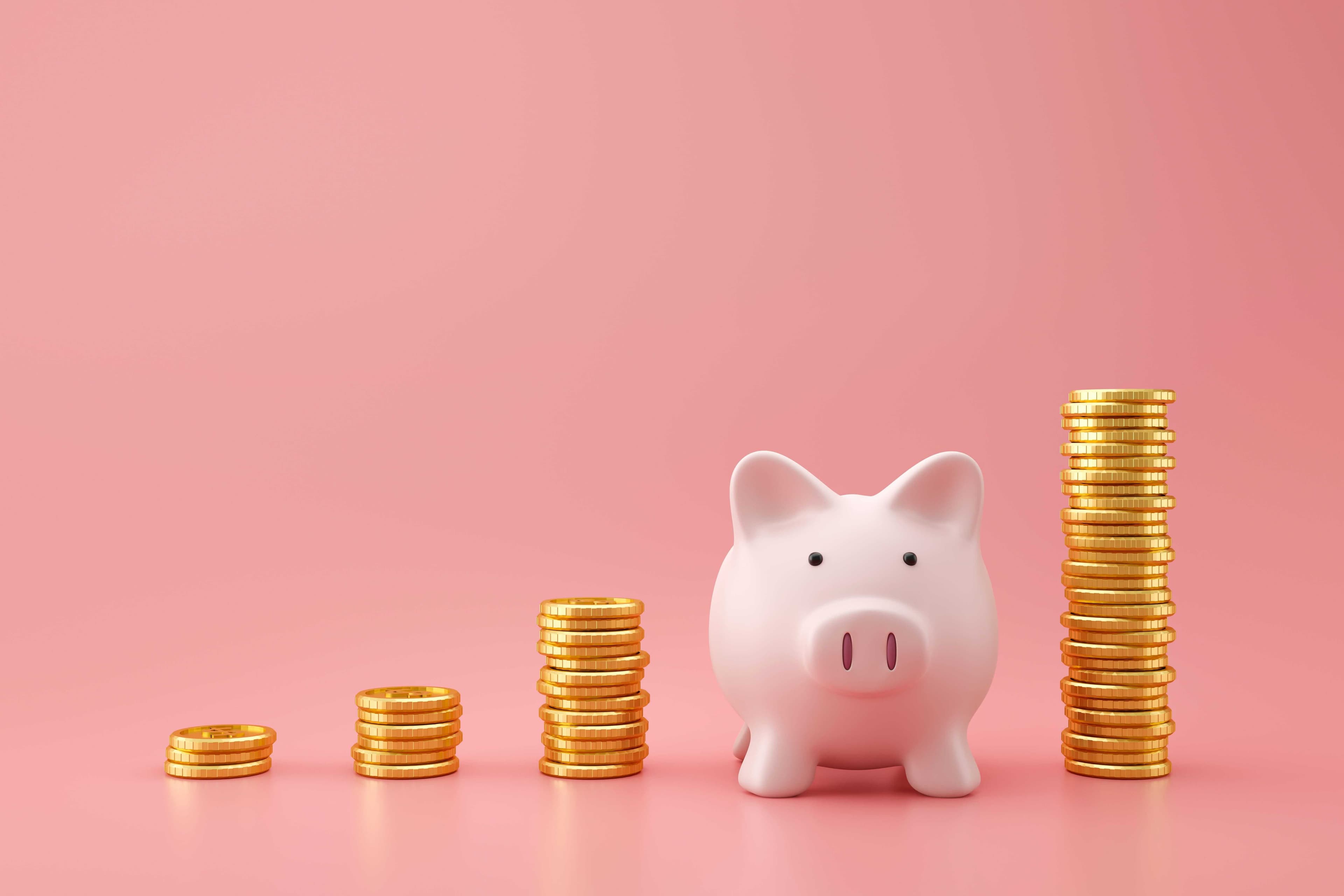3 Easy Ways to Save Money

Do you want to get smarter with money in 2022? Here are 3 simple ways to cut back on unnecessary spending and build your wealth.

Do you want to get smarter with money in 2022? Here are 3 simple ways to cut back on unnecessary spending and build your wealth.